BOSAI: Science that Can Save Your Life
(2020)Streaming Episode Guide

Season 1
Scientists on a Quest to Control Typhoons
Episode 47 - 11-02-2024


Digital Twin
Episode 46 - 9-28-2024


Safety Tips for Hiking in Japan
Episode 45 - 9-14-2024


Send in the Robot Fire Brigade!
Episode 44 - 7-13-2024


Drone Disaster Management
Episode 43 - 6-08-2024


How to Survive a Flood
Episode 42 - 5-18-2024


How to Survive an Earthquake
Episode 41 - 4-20-2024

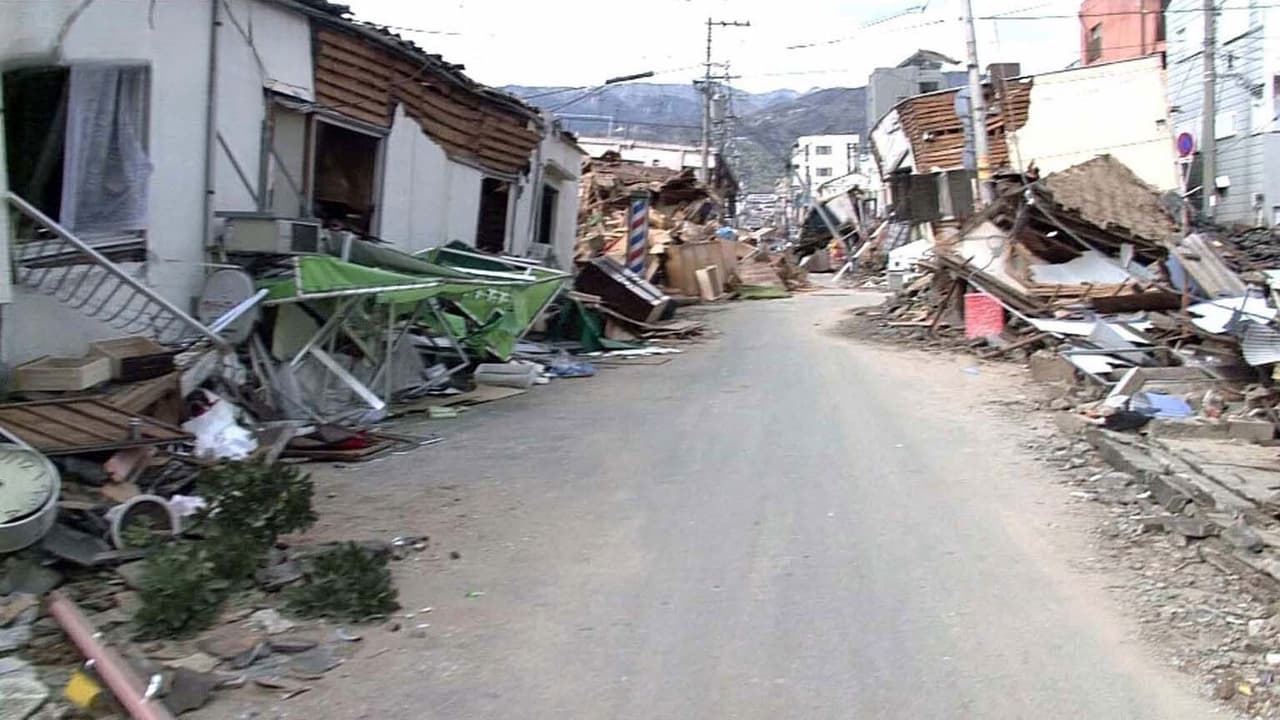
Tsunami Evacuation
Episode 40 - 3-16-2024

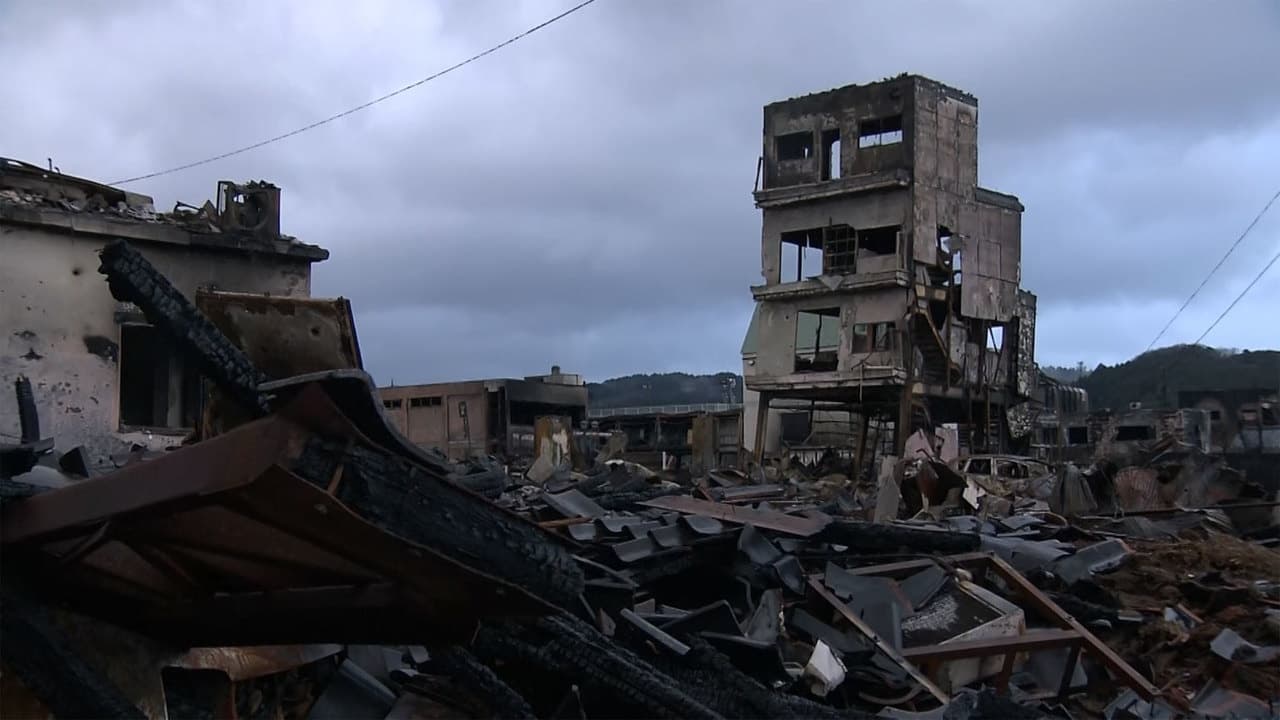
Emergency Food
Episode 39 - 3-02-2024

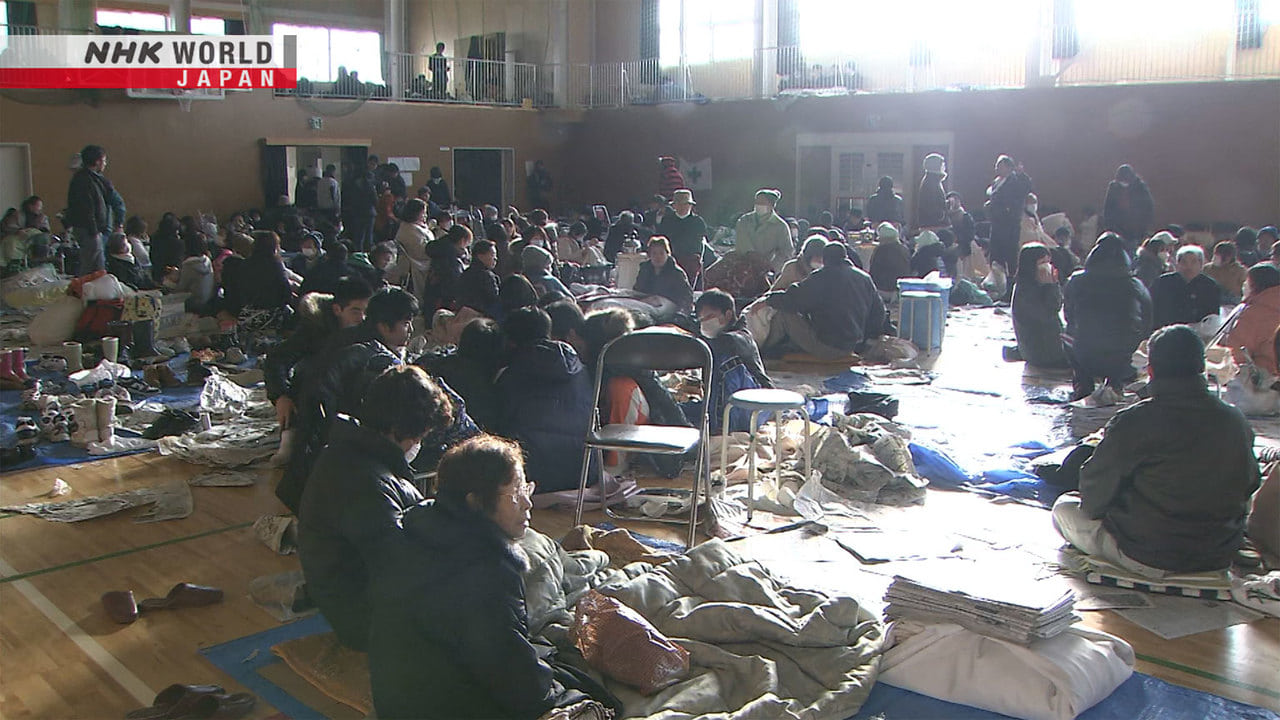
Osaka Metropolis
Episode 38 - 1-20-2024

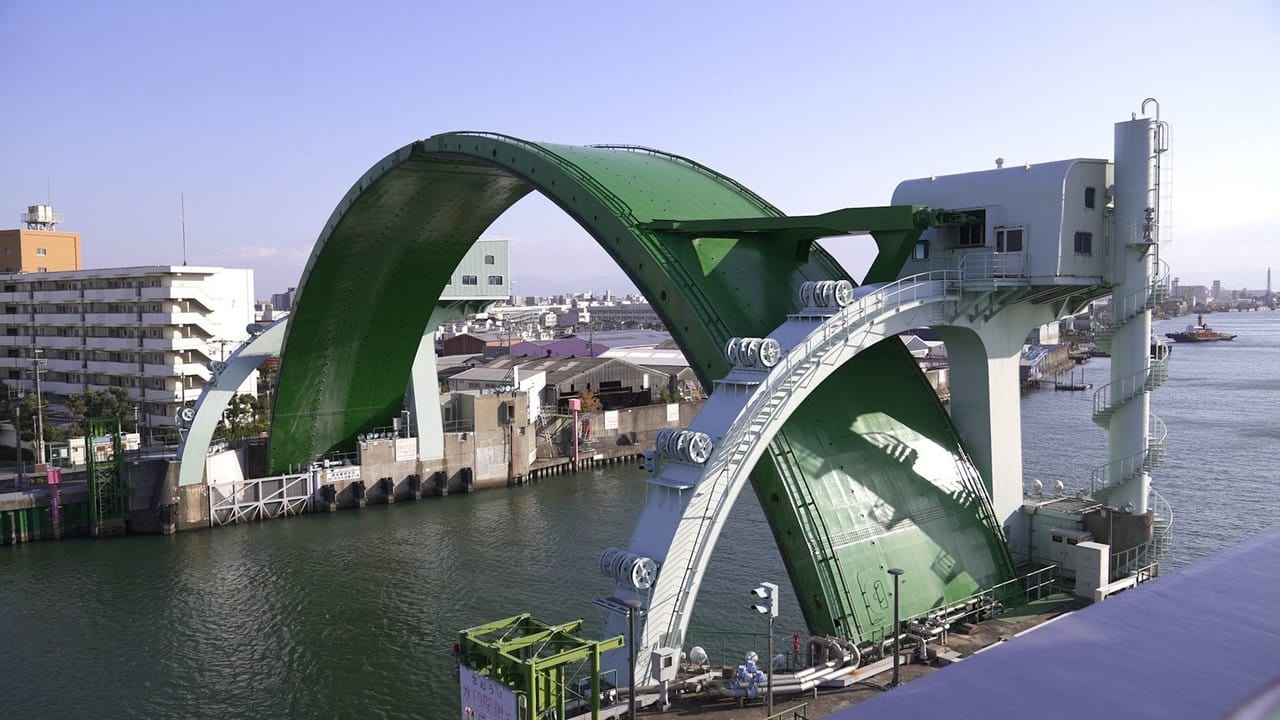
Tokyo Metropolis
Episode 37 - 1-13-2024

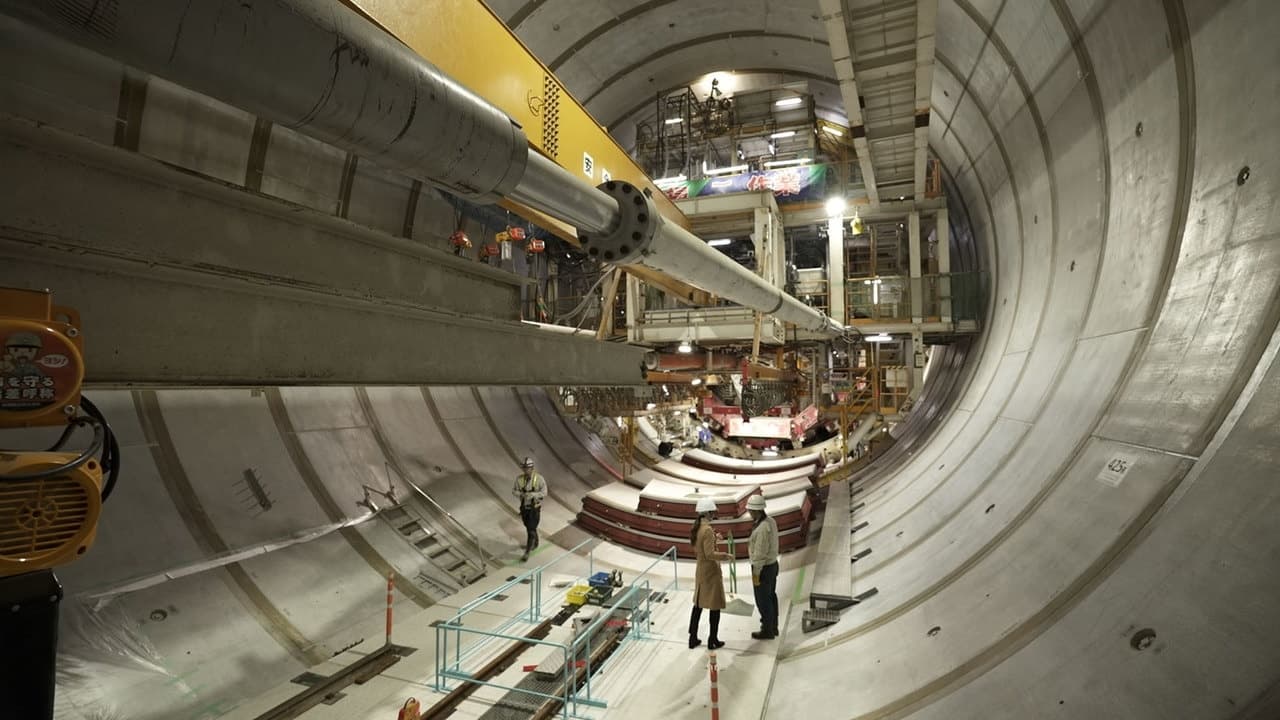
Wildfires
Episode 36 - 12-23-2023

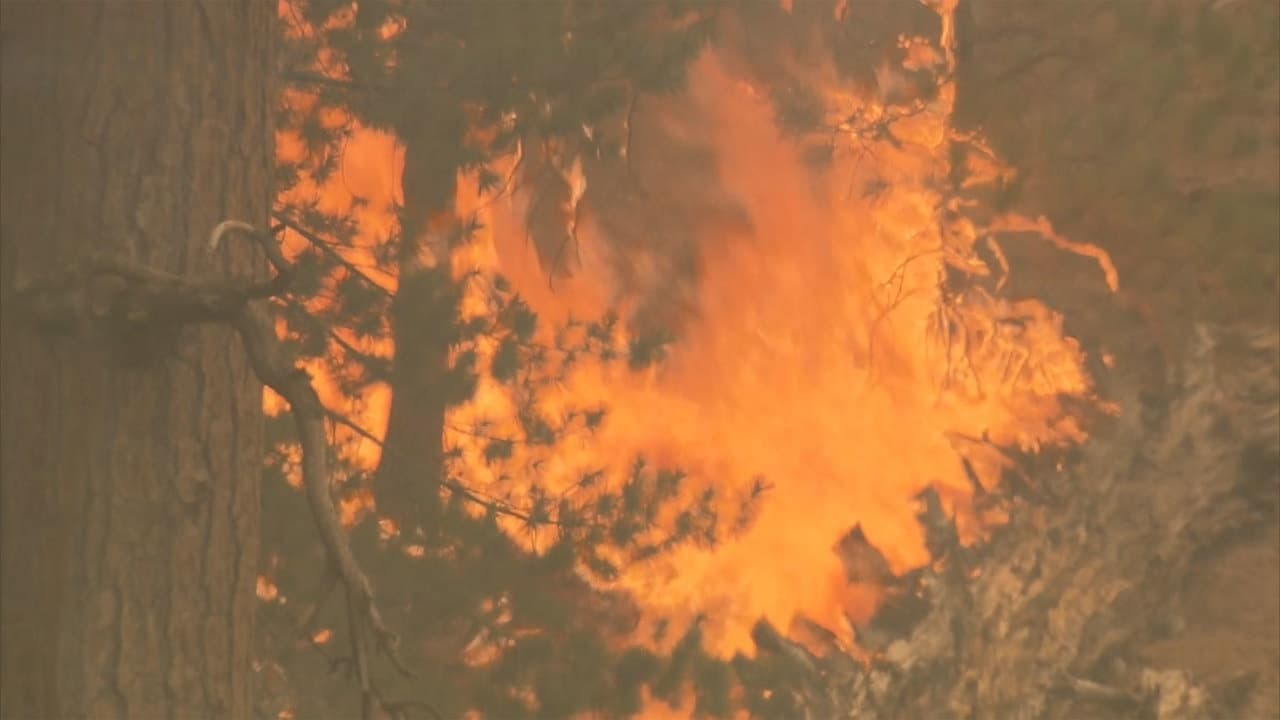
Droughts
Episode 35 - 11-18-2023

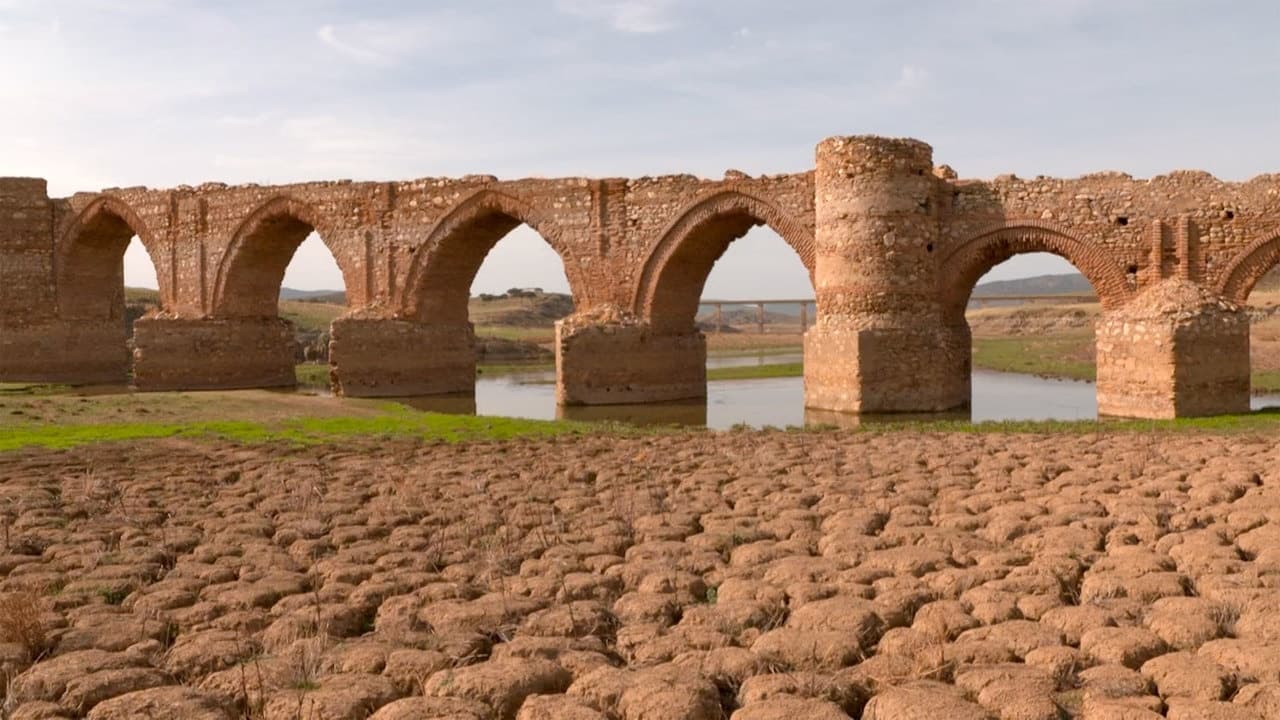
Ensuring a Safe Journey in Japan
Episode 34 - 10-28-2023

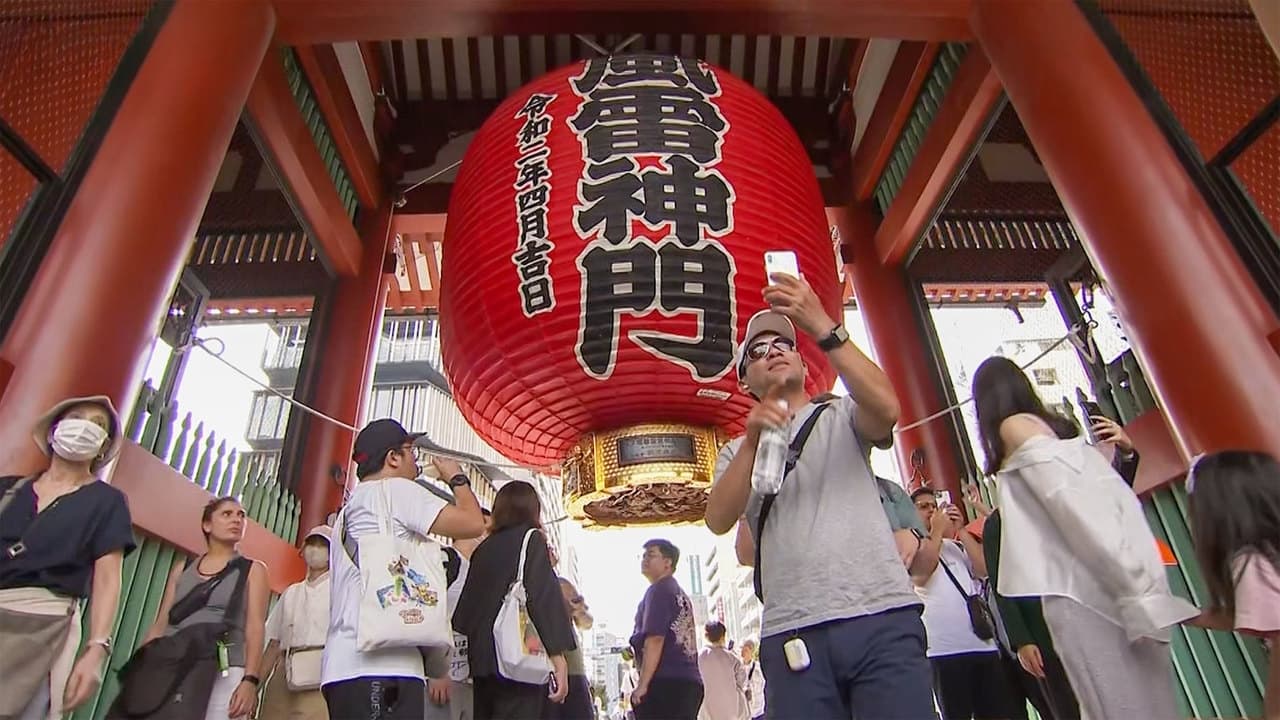
Active Faults
Episode 33 - 9-30-2023

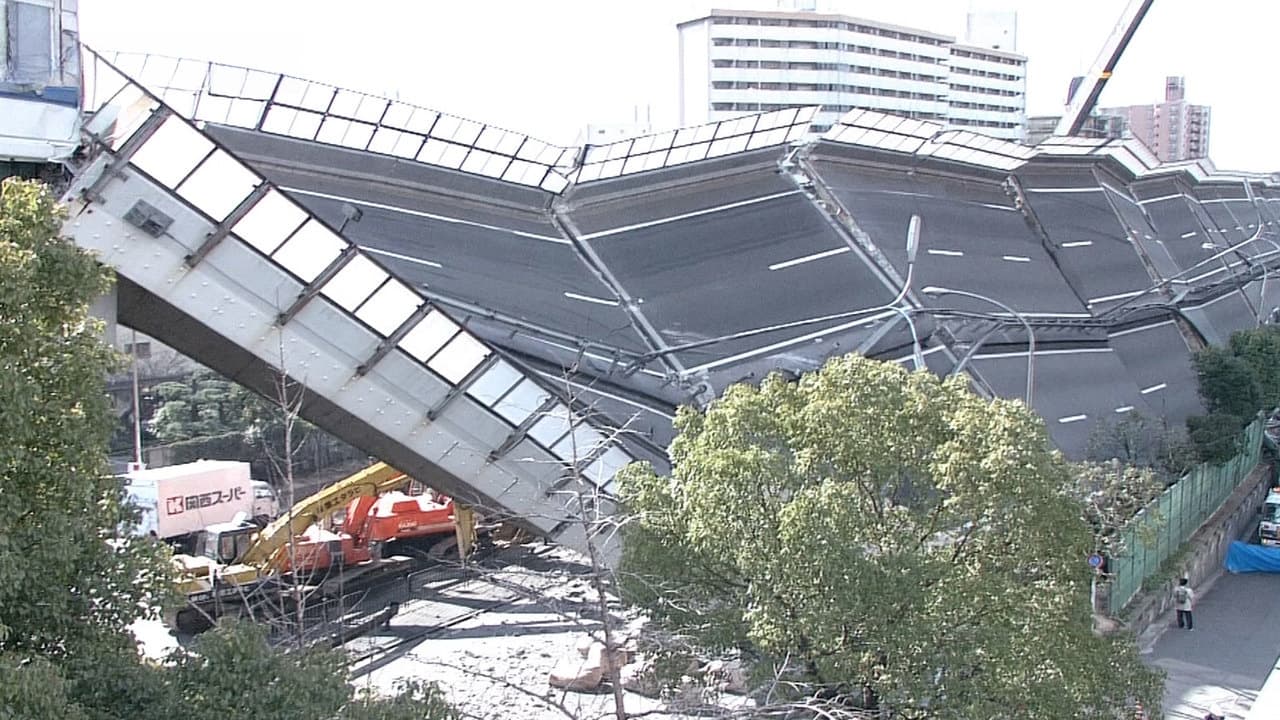
Large-Scale Blackouts
Episode 32 - 8-26-2023

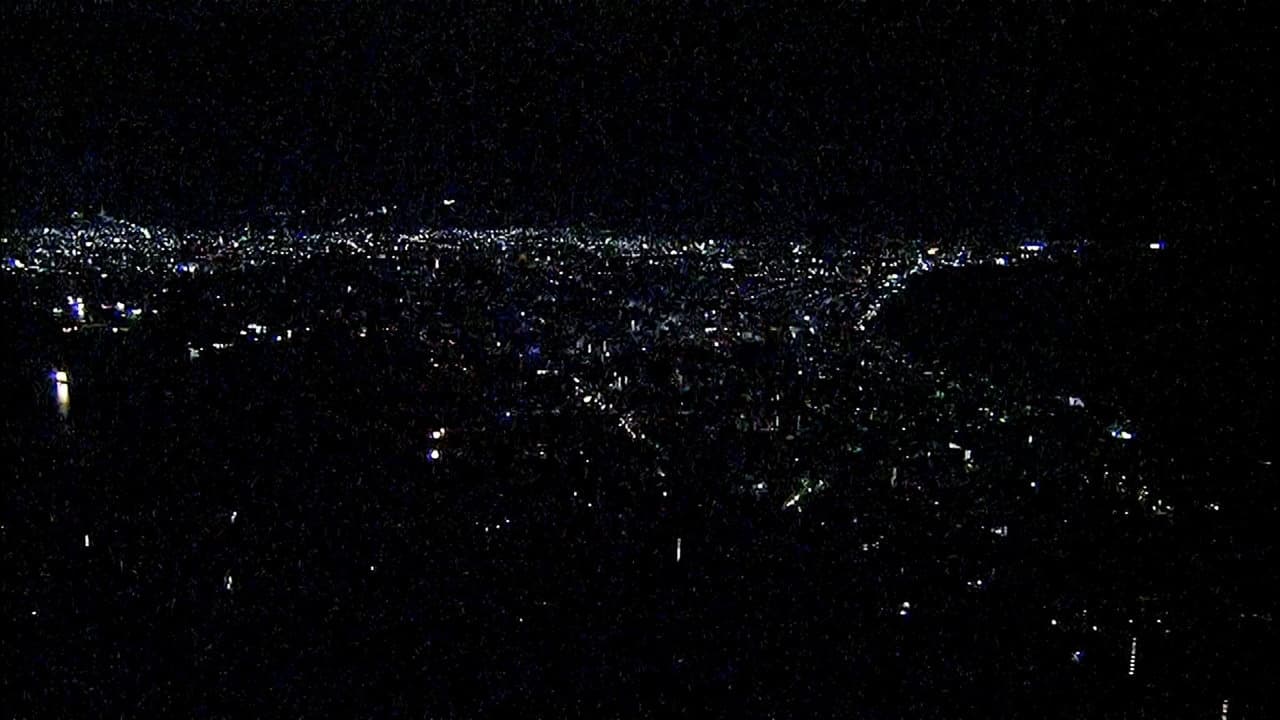
Lava Flows
Episode 31 - 7-29-2023

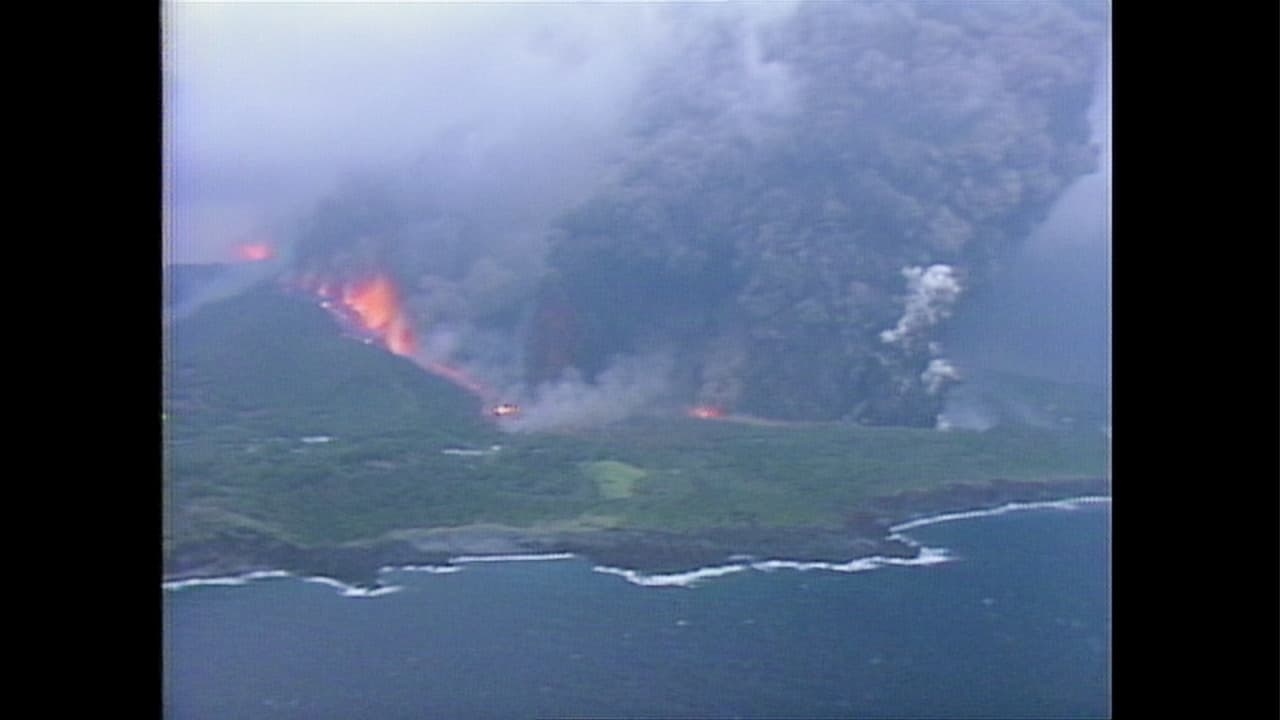
Fire Tornadoes
Episode 30 - 6-24-2023

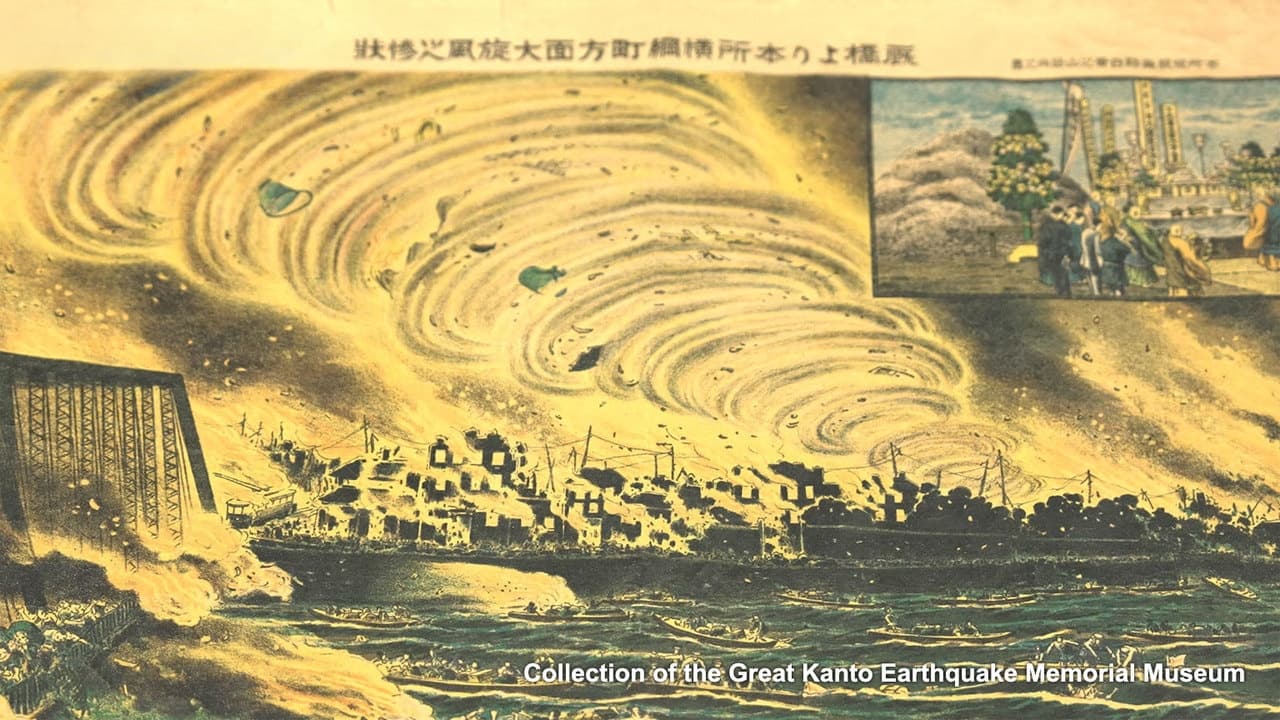
River Flooding
Episode 29 - 3-25-2023

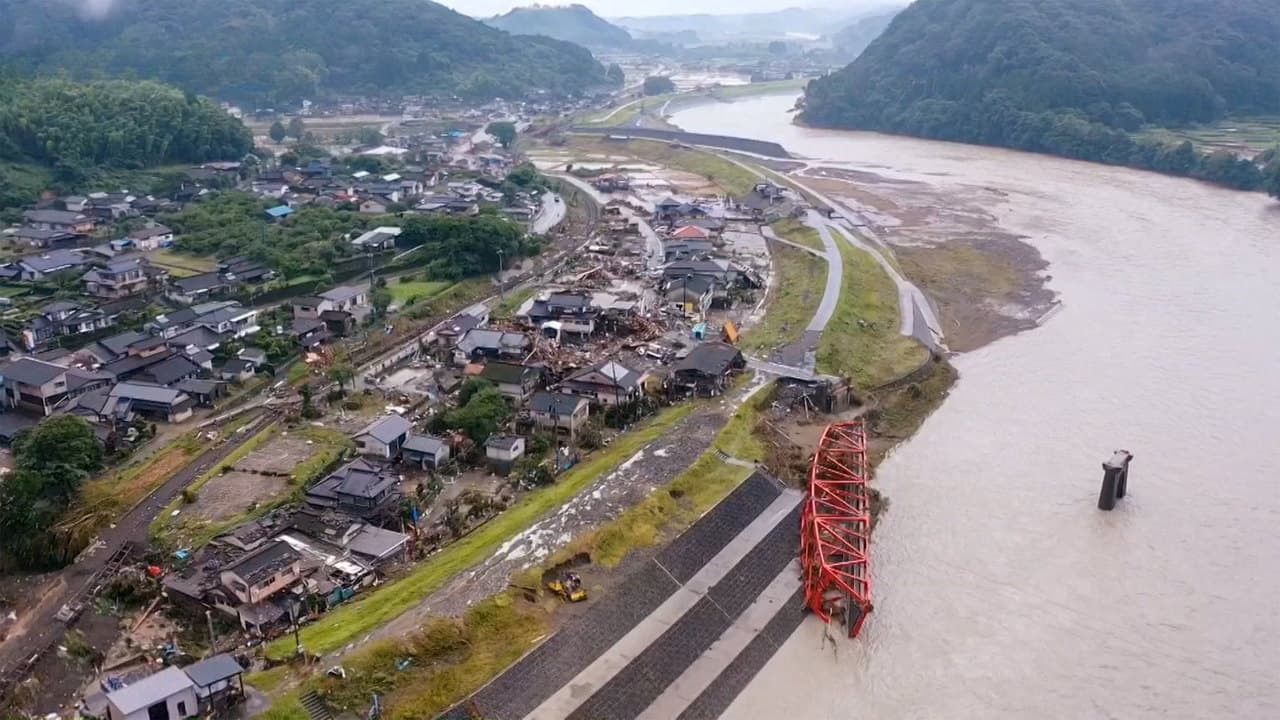
Tsunami Observation
Episode 28 - 3-18-2023

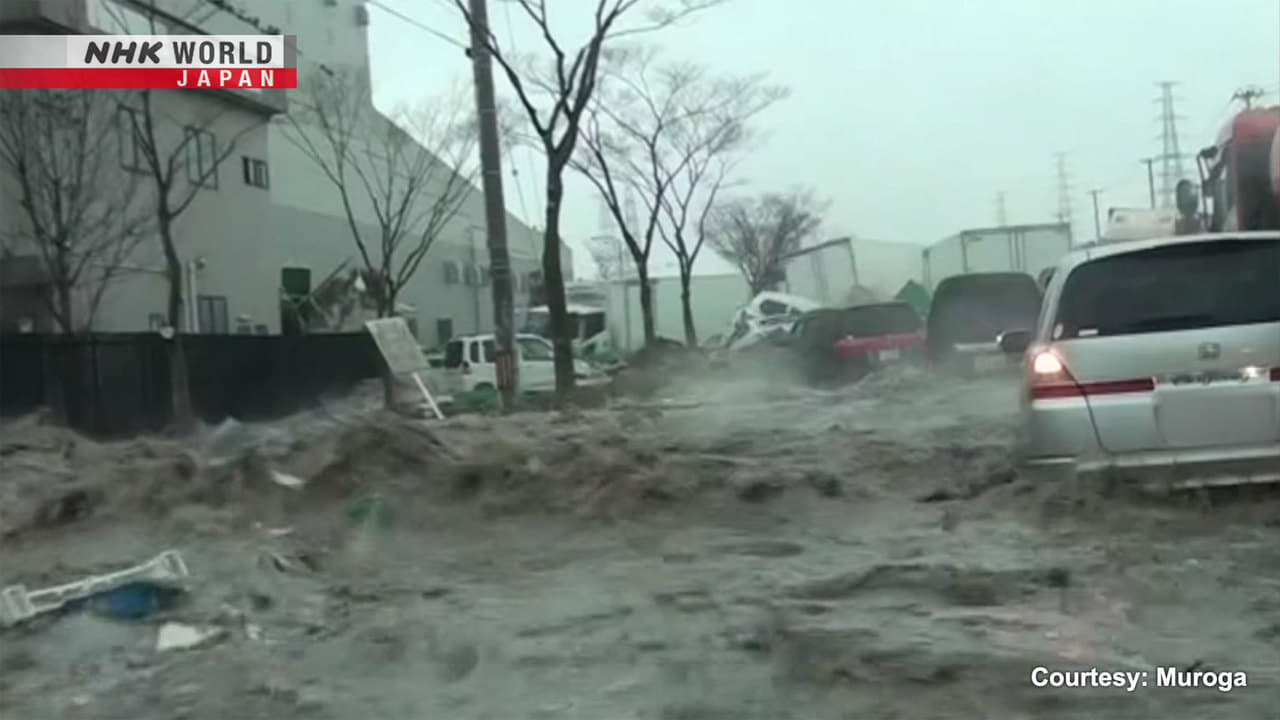
Quake-resistant Skyscrapers
Episode 27 - 3-11-2023


Landslides
Episode 26 - 2-18-2023

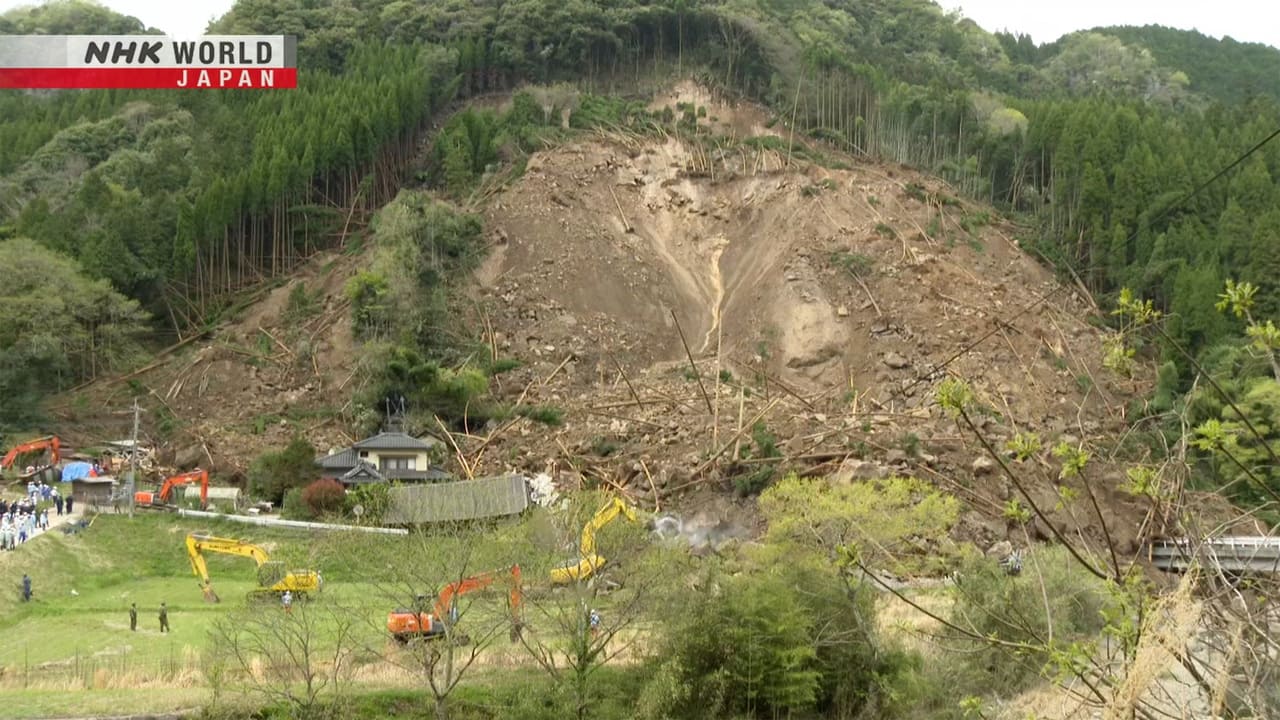
Heavy Snow
Episode 25 - 2-11-2023

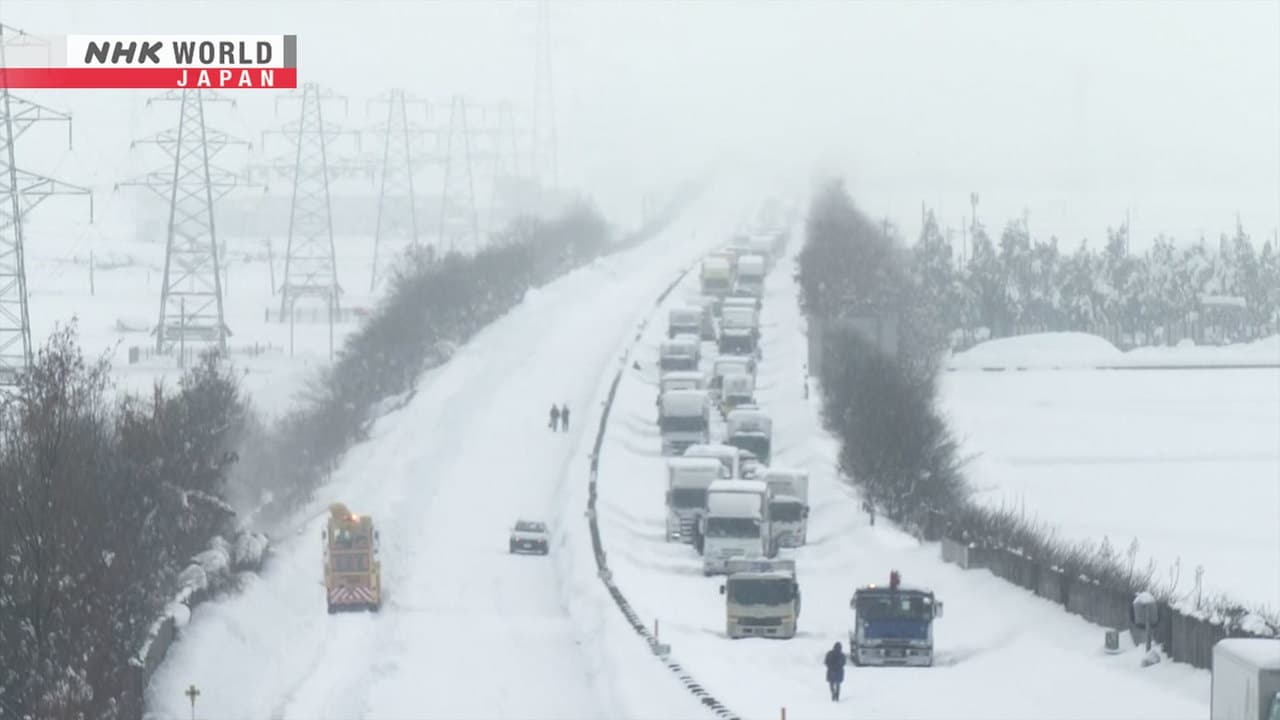
Storm Surges
Episode 24 - 12-24-2022

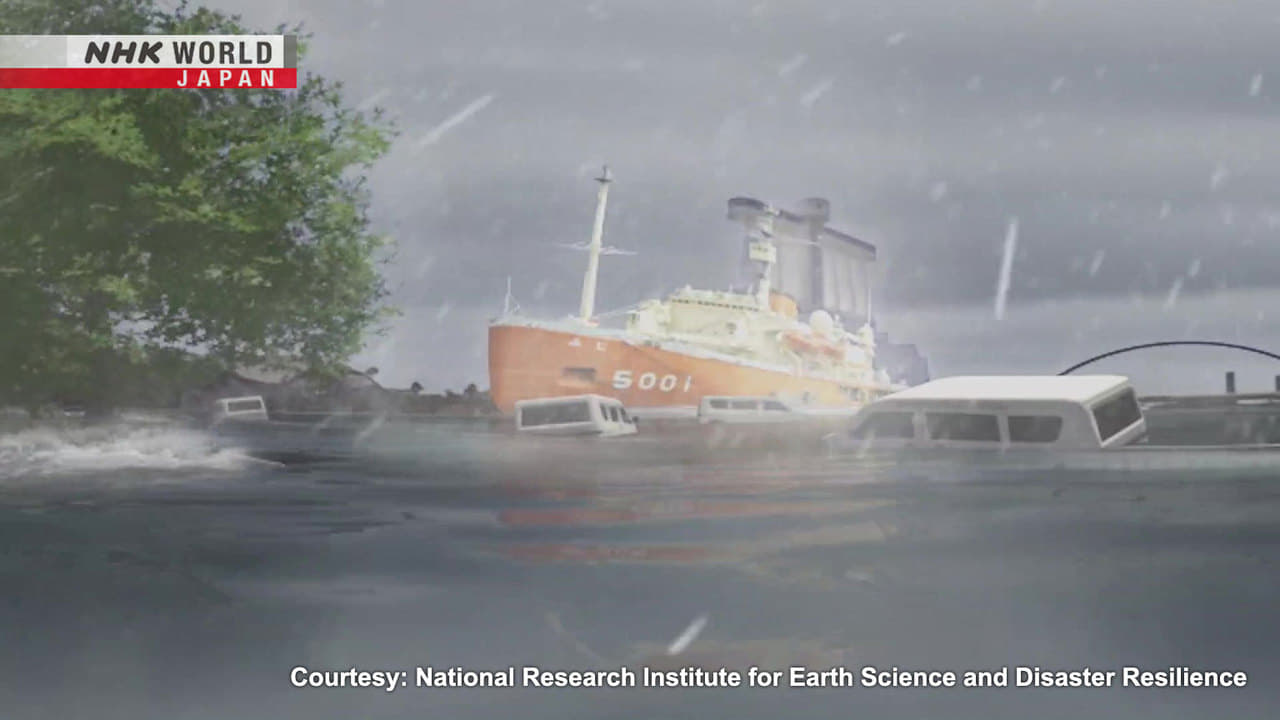
Typhoon Forecasting
Episode 23 - 12-03-2022


Solar Flares
Episode 22 - 10-22-2022

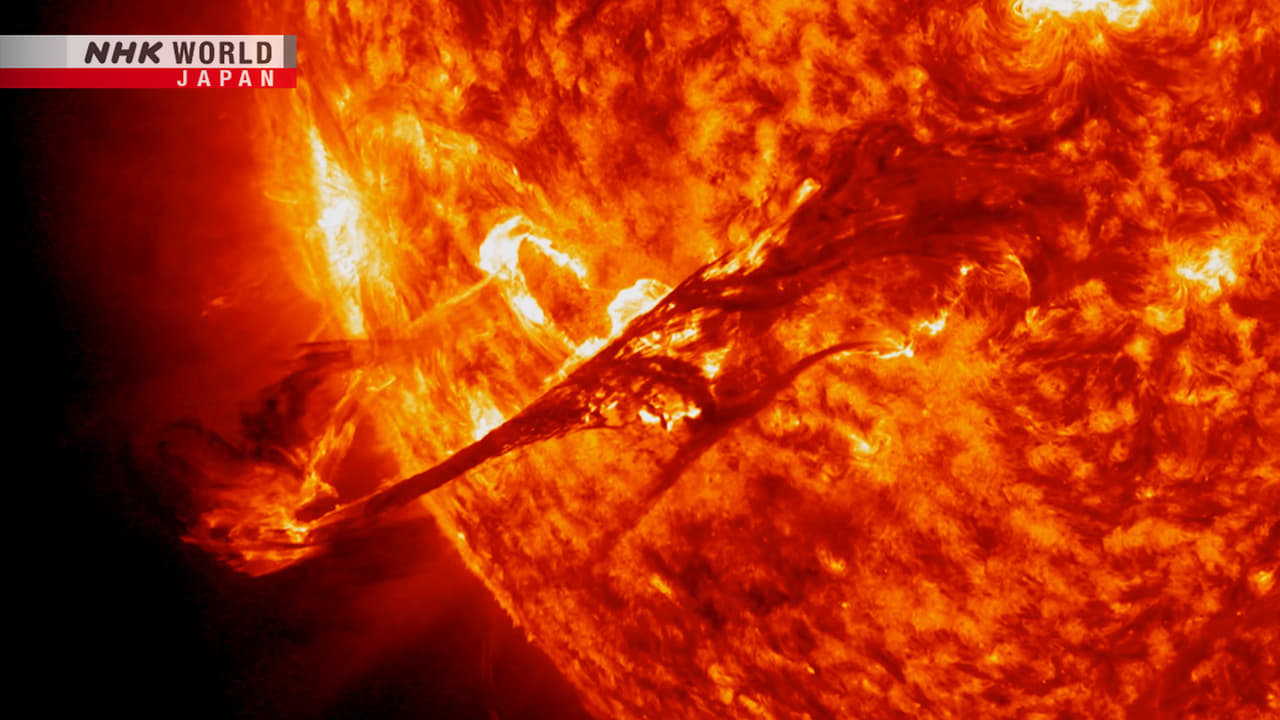
Road Cave-ins
Episode 21 - 10-01-2022

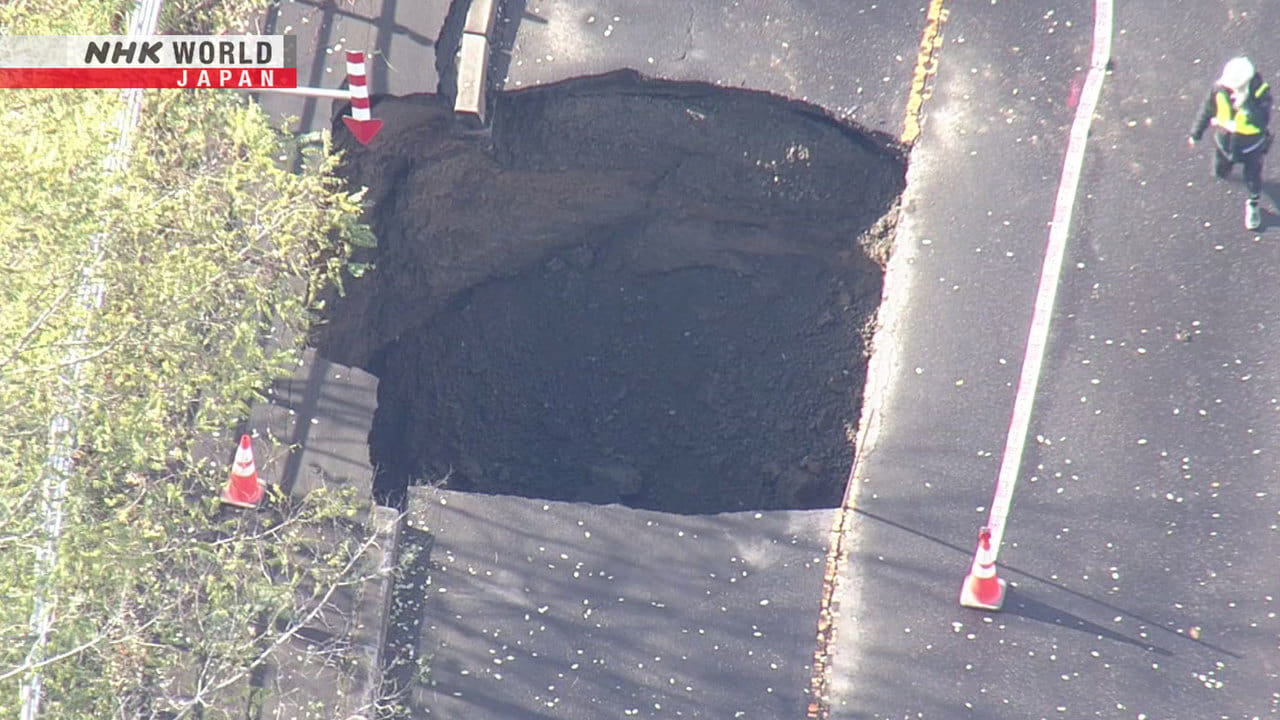
Linear Rainbands
Episode 20 - 8-13-2022

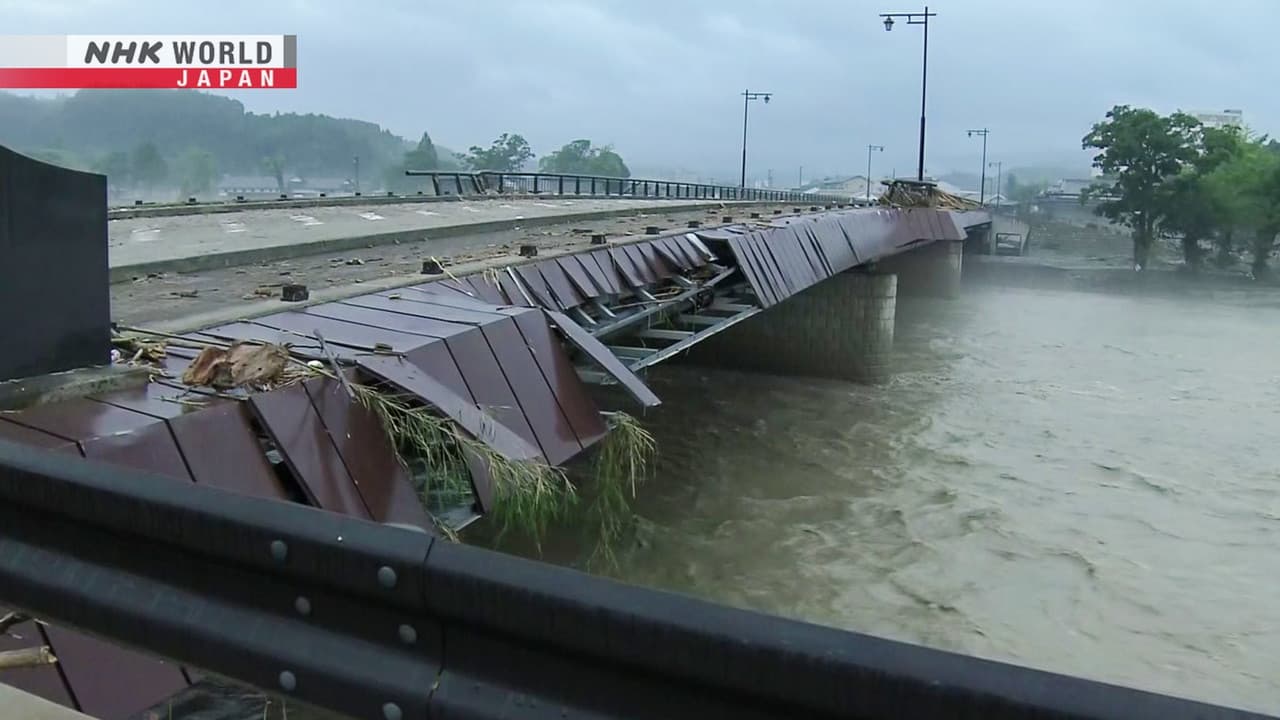
Phreatic Eruptions
Episode 19 - 8-06-2022

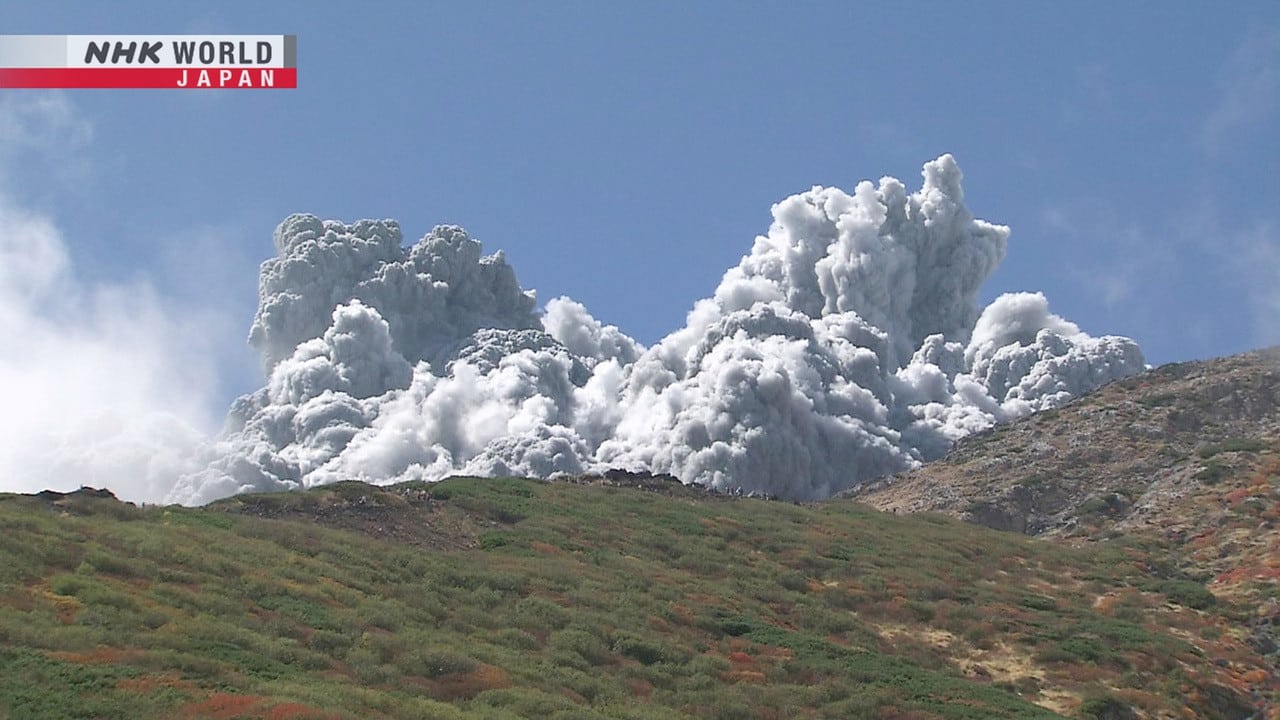
Disaster Response Robots
Episode 18 - 6-04-2022

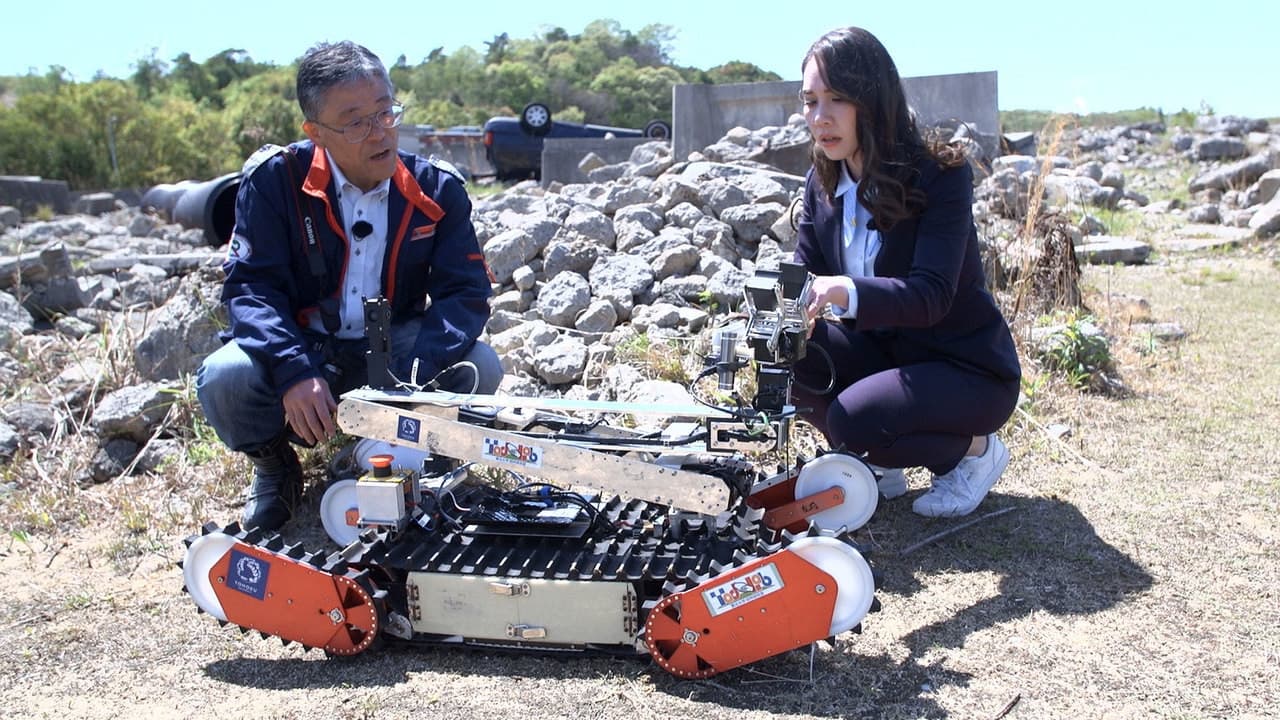
Human Stampede
Episode 17 - 5-21-2022

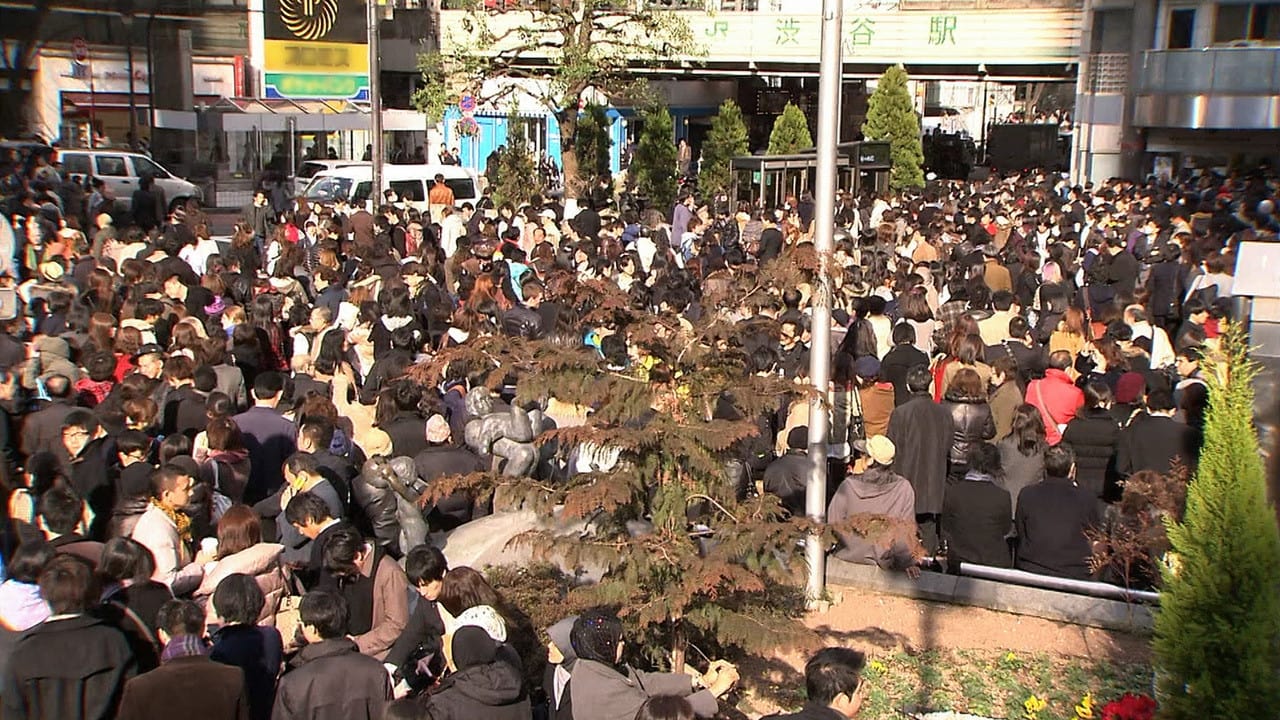
Tsunami Prediction
Episode 16 - 3-12-2022


PM2.5
Episode 15 - 3-05-2022

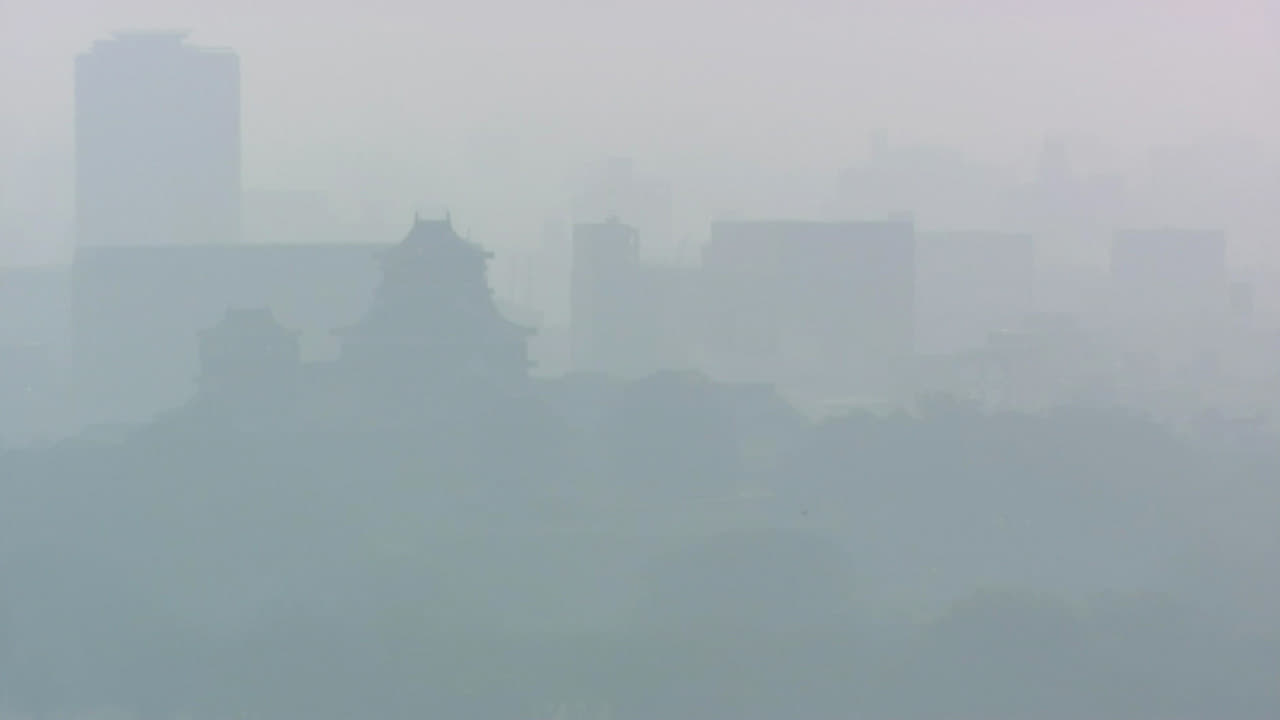
Soil Liquefaction
Episode 14 - 2-12-2022

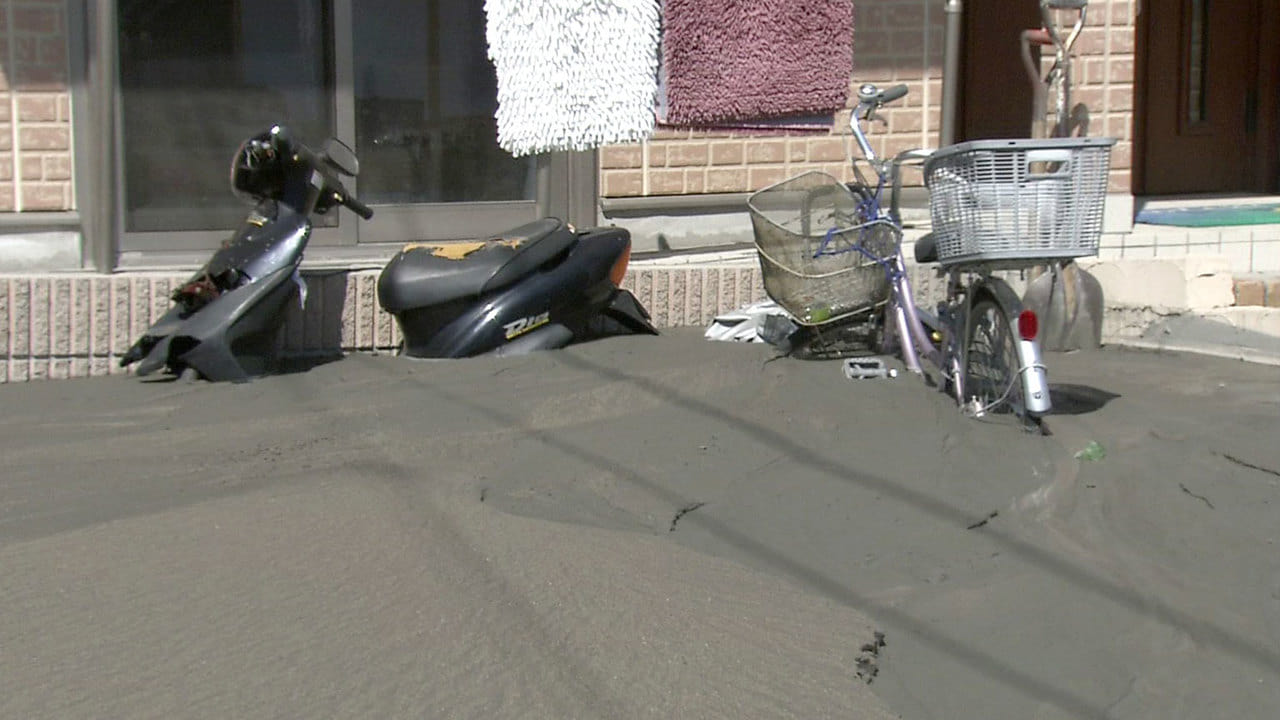
Lightning
Episode 13 - 2-05-2022


Avalanches
Episode 12 - 1-15-2022

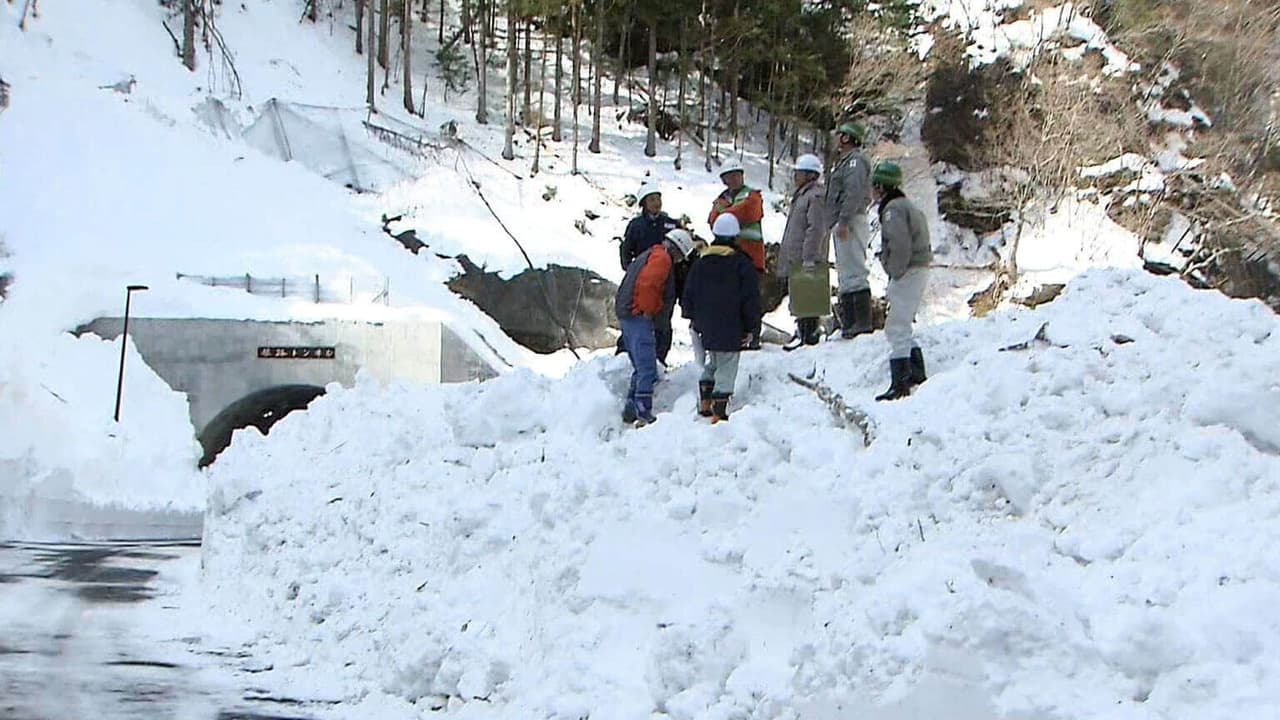
Post-earthquake Fire
Episode 11 - 12-04-2021

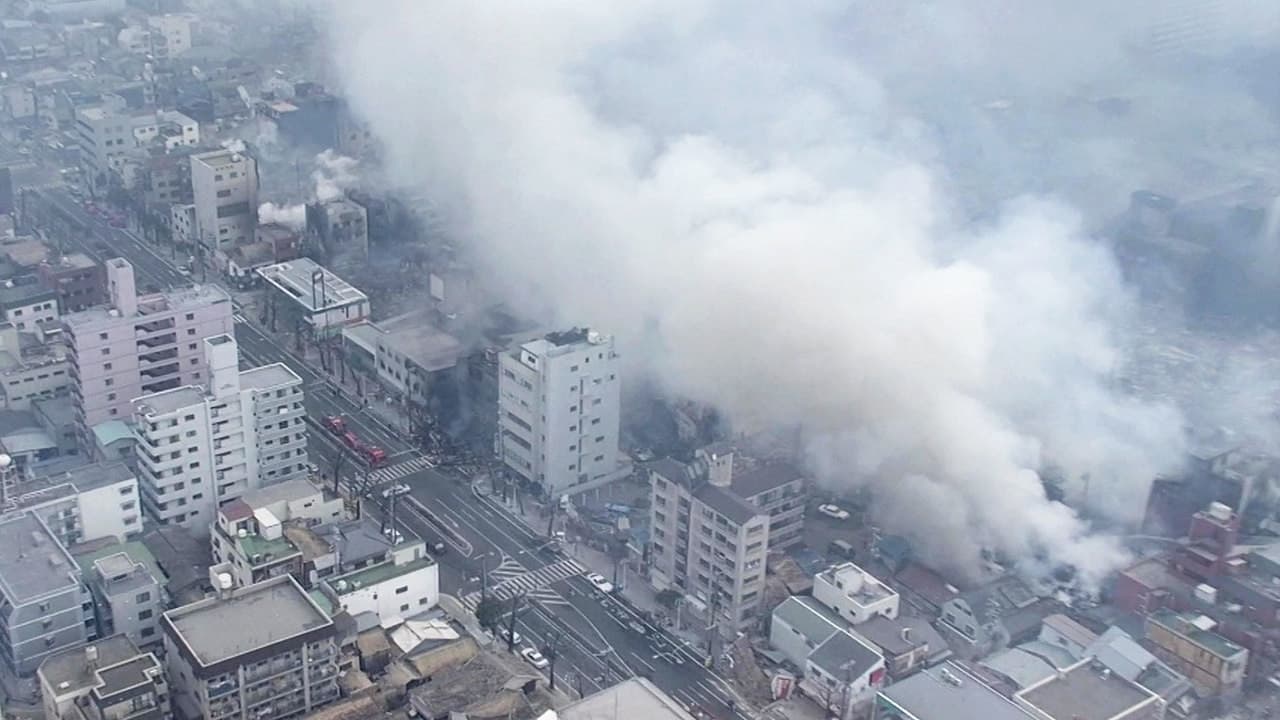
Tornadoes
Episode 10 - 11-13-2021


Home Flooding
Episode 9 - 11-06-2021

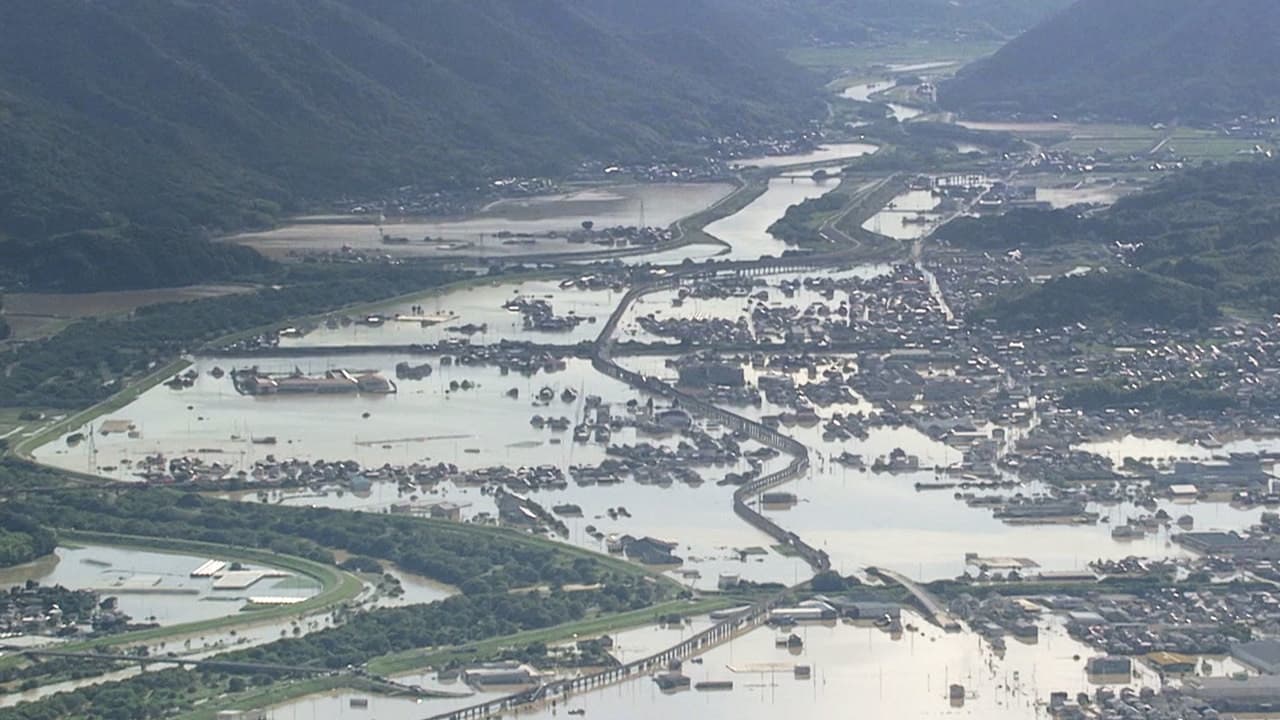
Heatstroke
Episode 8 - 8-28-2021

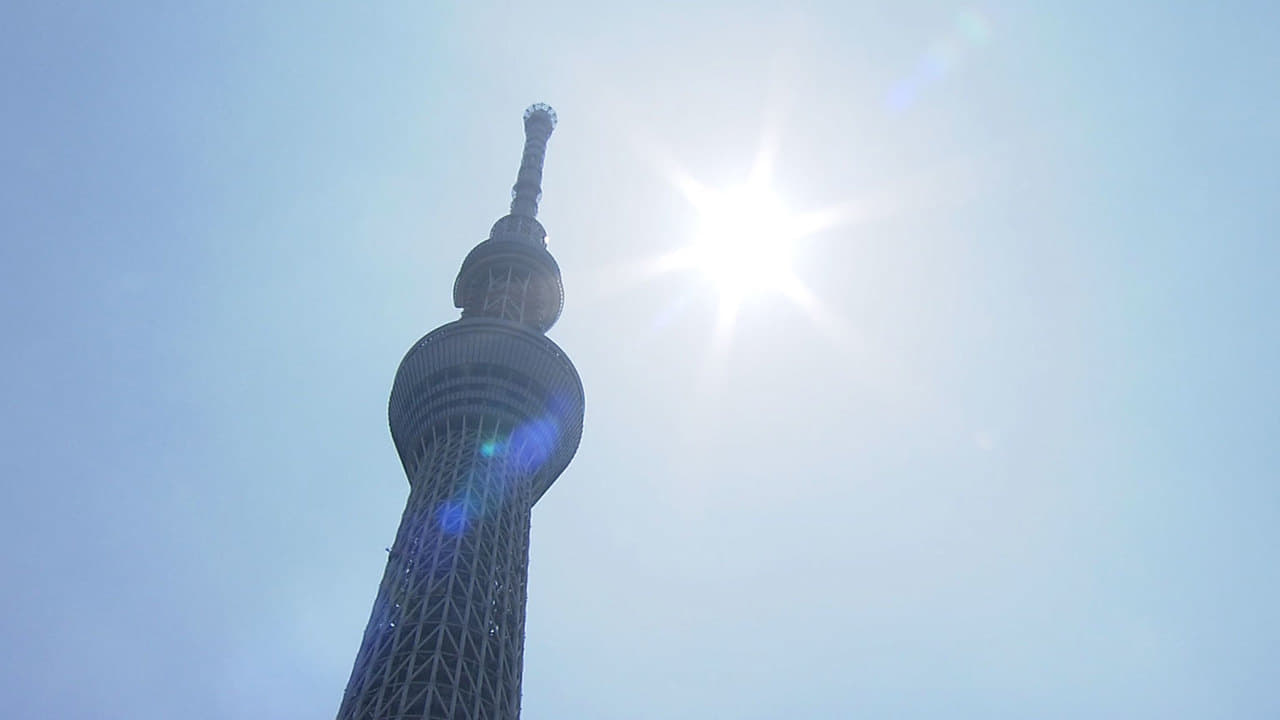
Mt. Fuji's Threat to Tokyo
Episode 7 - 7-17-2021

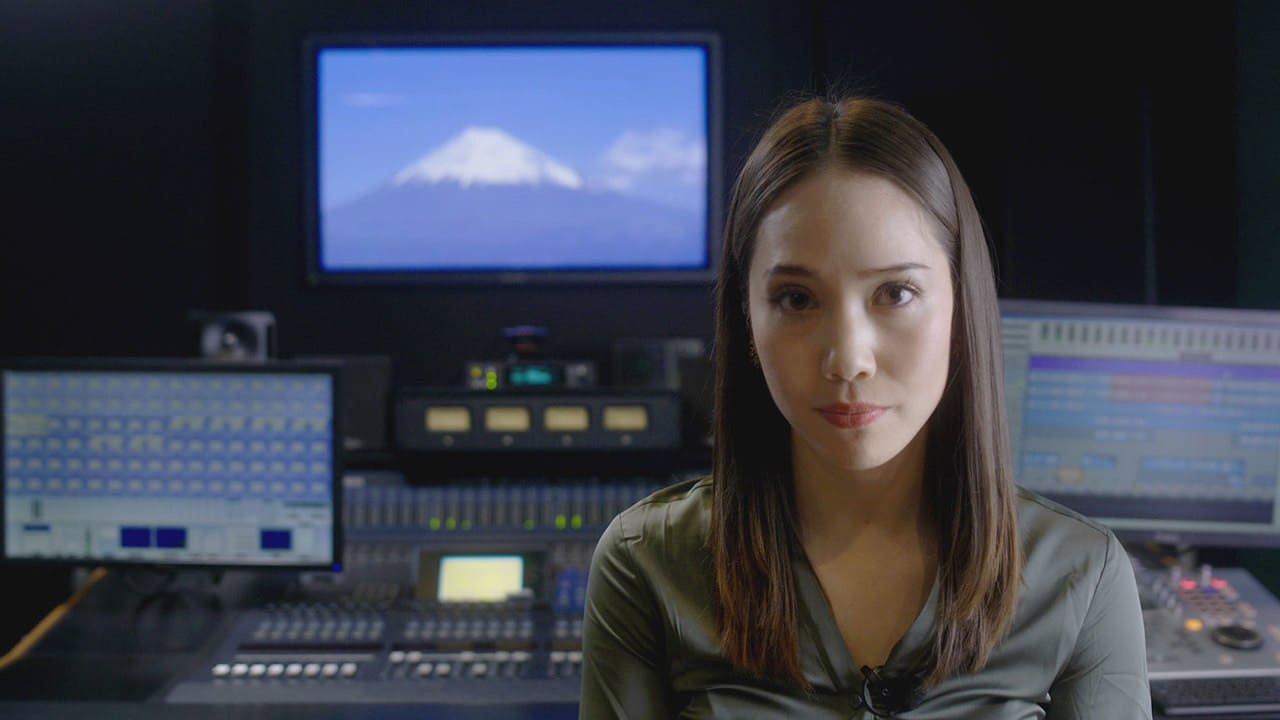
Debris Flows
Episode 6 - 7-10-2021

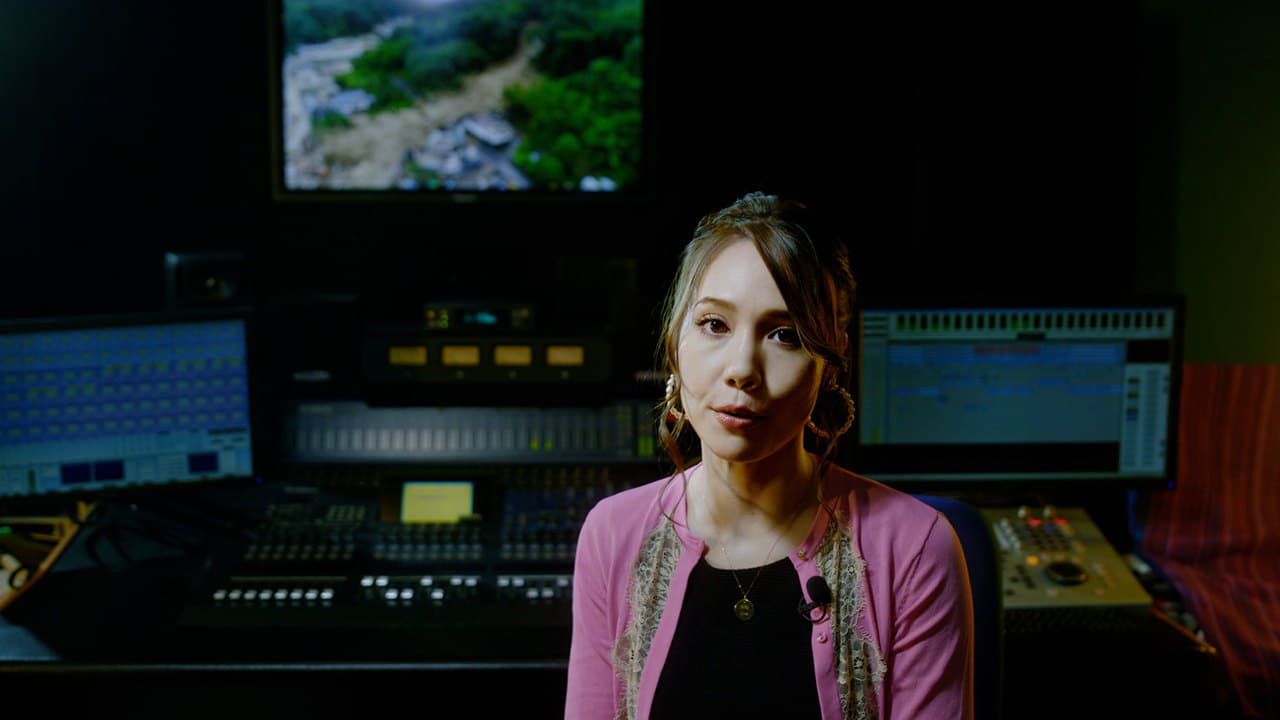
Localized Torrential Rain
Episode 5 - 6-19-2021


Long-period Ground Motion and A New Threat
Episode 4 - 1-31-2021


Urban Windstorms
Episode 3 - 1-11-2021

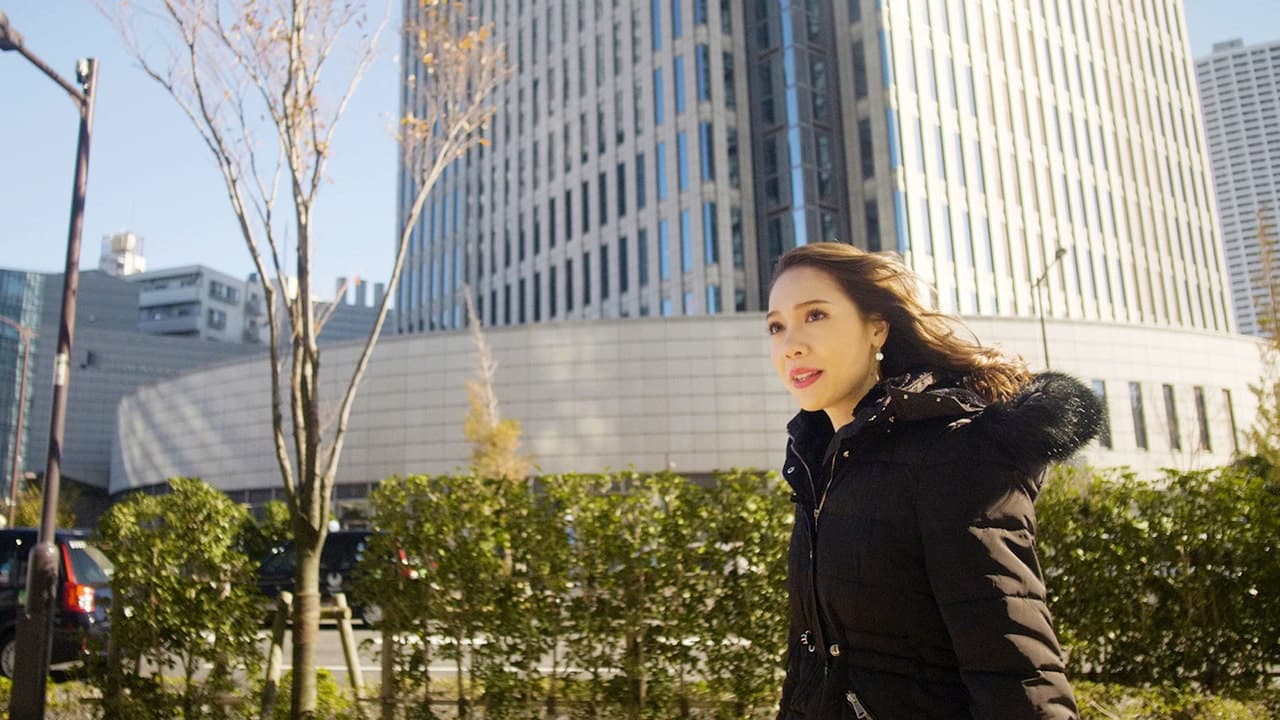
Urban Flooding
Episode 2 - 9-05-2020

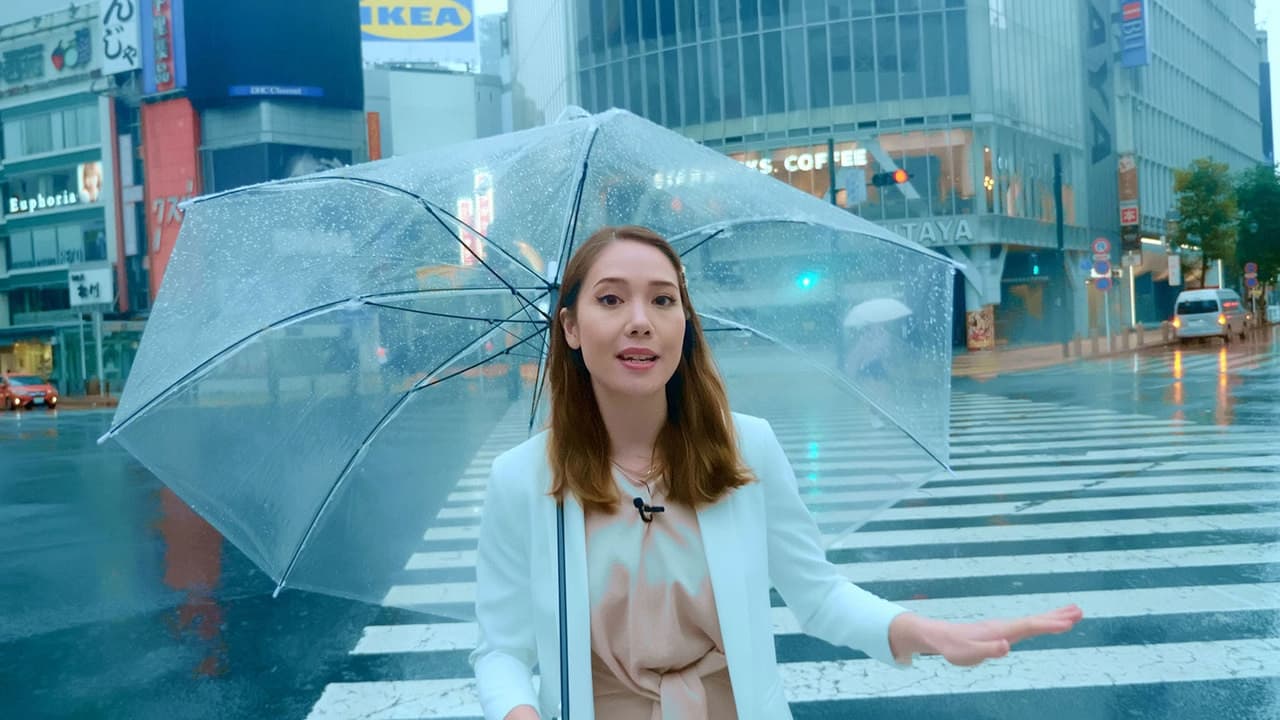
Tsunami
Episode 1 - 5-01-2020





